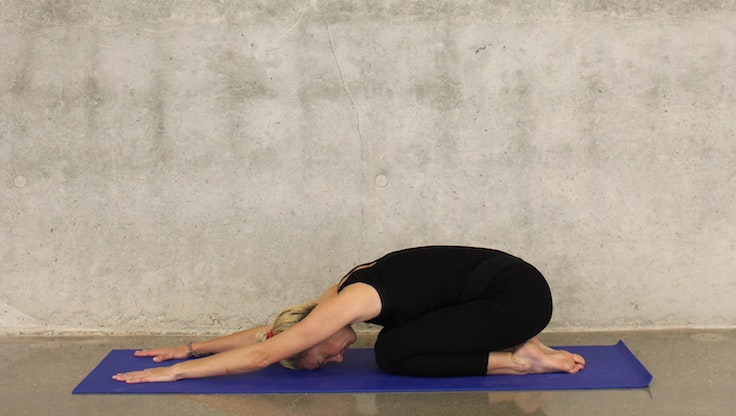Since early adulthood, I have been enthusiastic about the vitality of healthy living (“Our greatest wealth is health”) as well as how numerous disease processes can be prevented by this practice. Having first developed a curiosity about the role of exercise in maintaining pelvic health while in urology residency at the Hospital of University of Pennsylvania, I became captivated with the concept at the time of my post-graduate fellowship training at UCLA. It is clear to me how pelvic health is an essential component of a healthy lifestyle.
Many years spent in the urology trenches has taught me that pelvic health is a neglected area of women’s health, despite the prevalence of pelvic floor problems. Pelvic exercises (Kegel exercises) are a vastly unexploited and misunderstood resource, despite their potential benefits. A fit and strong pelvic floor confers many advantages, including helping one prepare for pregnancy, childbirth, high impact sports, menopause and beyond.
I have found that most women have only a limited knowledge of pelvic anatomy and function. It has also become apparent to me that motivating women to exercise muscles that are not externally visible and are generally used subconsciously is a challenging task. Surprisingly, I have discovered that even women employed in healthcare and wellness (physical therapists, personal trainers and nurses included) oftentimes have difficulty becoming adept at pelvic conditioning and mastering their pelvic floors. When asked to clench their pelvic muscles, many women squeeze their butt, thigh or abdominal muscles, others lift up their bottoms as in a “bridge” maneuver in yoga class, and still many others strain as opposed to pulling up and in.
Dr. Arnold Kegel in the late 1940s was singularly responsible for popularizing pelvic floor exercises in women after childbirth. Recently, there has been a resurgence of interest in the pelvic floor and the benefits of pelvic floor training and I am pleased to have contributed to this pelvic renaissance with the publication of The Kegel Fix book, a modern take on pelvic exercises that I wrote because of my frustration with the lack of solid guidance available for women who could benefit.
Pelvic floor muscle training can address numerous pelvic issues, including pelvic organ prolapse, sexual issues, stress urinary incontinence, overactive bladder/bowel, and pelvic pain due to pelvic muscle hypertension. The Kegel Fix introduces home-based, progressive, tailored exercises consisting of strength, power and endurance training regimens that are customized for each specific pelvic floor problem. The book can be helpful not only for women suffering with these pelvic problems, but also for those who wish to maintain healthy pelvic functioning and prevent future problems.
It’s one thing to train your pelvic floor muscles, but another thing entirely to put pelvic proficiency to practical use. “Kegels-on-demand” (as opposed to static and isolated, out of context exercises) are the essence of pelvic floor training and a major emphasis of the book– the actionable means of applying pelvic conditioning to daily tasks and real-life activities to improve one’s quality of life.
Bottom Line: Conditioning one’s pelvic floor muscles and learning how to put this conditioning to practical use is a first-line, non-invasive, safe, and natural approach to improve one’s pelvic health and numerous common pelvic health issues, conferring benefits from bedroom to bathroom.
 Back to Blog Homepage
Back to Blog Homepage
